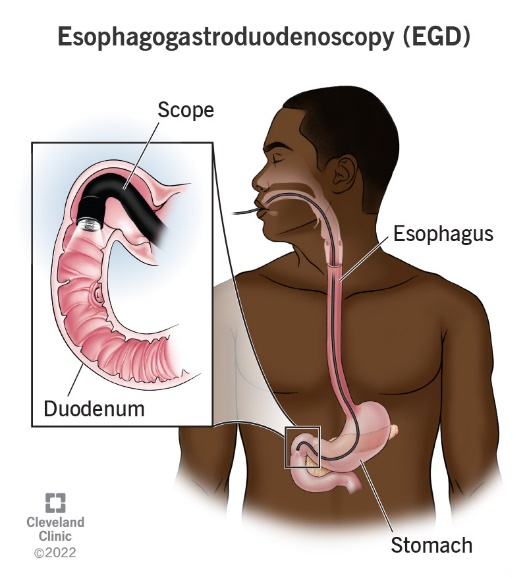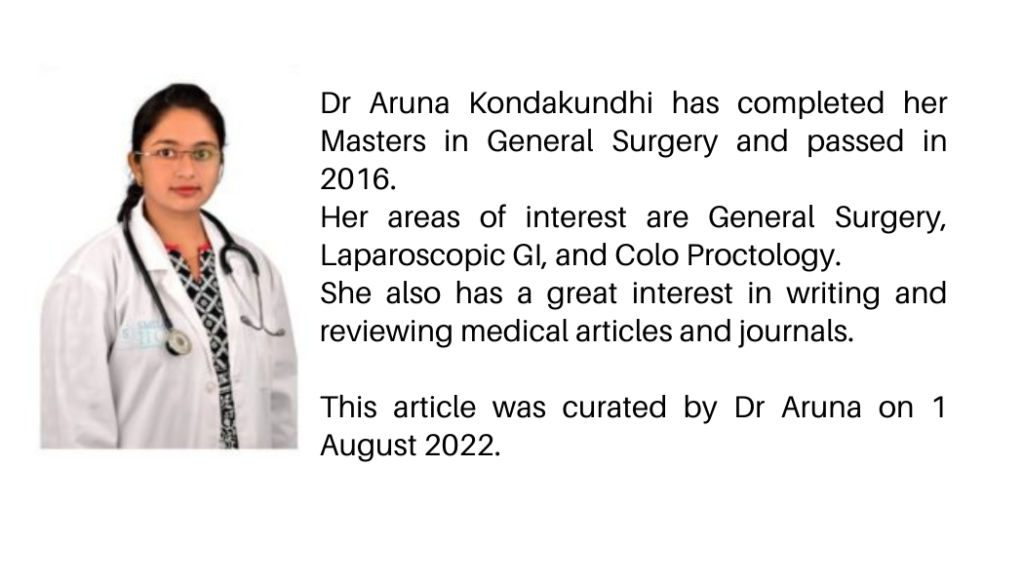Mallory Weiss Syndrome
What is Mallory Weiss Syndrome definition? Mallory Weiss syndrome refers to a disorder where a tear or laceration is caused in the inner lining of the stomach that is a mucous membrane. Mallory Weiss syndrome is also known as Gastro-oesophageal laceration syndrome. Severe and prolonged coughing or vomiting are basic causes of a tear in […] Read More
Top Doctors For Mallory Weiss Syndrome Treatments
Top Hospitals For Mallory Weiss Syndrome Treatments
Mallory Weiss Syndrome
Table of contents
What is the Mallory Weiss Syndrome definition?
Mallory Weiss syndrome is a disorder where a tear or laceration is caused in the stomach’s inner lining, which is a mucous membrane. This disorder is also called Gastro-oesophageal laceration syndrome. A tear in the stomach lining can be caused by severe and prolonged vomiting or coughing. Although a normal tear or laceration can heal in a week, Mallory Weiss syndrome requires medical treatment as this tear causes considerable bleeding and can lead to complications if left untreated.
Causes
Mallory Weiss syndrome commonly causes prolonged or severe coughing and vomiting. In this case, vomiting results from a sick stomach which, in turn, can result from another disorder called bulimia nervosa.
In bulimia Nervosa, a person tends to eat excessively and deliberately vomits to maintain body weight. Later the person starts fasting and does excessive dieting and heavy exercise. Finally, they criticize their body for being overweight, even if normal, making it difficult to diagnose in the early stages.
Other causes include excessive alcohol consumption, hiccups especially severe, inflammation in the stomach lining, portal hypertension, hyperemesis gravidarum (nausea and vomiting during pregnancy), cyclic vomiting syndrome (CVS), lifting heavy weights, a condition where the stomach pushes in the diaphragm – hiatal hernia and trauma. It is common from age 30-50, though it can occur in any age group, even infants.
Symptoms

Mallory Weiss Syndrome symptoms may not be observed occasionally. However, vomiting is the main symptom – one notices bleeding in vomit, then it’s an alarming situation demanding treatment.
Other symptoms include involuntary retching, blood in the stool, pain in the abdomen and chest, paleness, shortness of breath, diarrhea, dizziness, and weakness. Though the difference is the blood in the stool is relatively darker than the blood in the vomit, which is red. If neglected, then it can be harmful to overall health.
How is Mallory Weiss Syndrome diagnosed?

Mallory Weiss syndrome diagnosis starts with basic interrogation about recent illness, complications related to diet, and alcohol consumption. Then, before further processes – hemoglobin, red blood cells, and white blood cells are counted. Red blood cells count notifies about the bleeding intensity of the tear. After initial tests, the physician obtains the tear’s image with a camera’s help, and a tube is inserted inside the body. However, this process is carried out only if the bleeding is severe, and it is called esophagogastroduodenoscopy or EGD.

How is Mallory Weiss Syndrome treated?

Around 80 to 90% of the Mallory Weiss Syndrome heal on their own. In comparison, 10% of the patients require medical attention. The following procedures are listed below:
Non-invasive techniques
- Sclerotherapy – Certain medications or phenols are delivered to the mucous membrane tear to seal the injury and stop the bleeding.
- Medications to cure Mallory Weiss Syndrome include antacids, PPIs, blood coagulants, pain medications, and antibiotics to curb infection.
- Embolization – To control uncontrolled bleeding, stainless steel coils or alcohol are inserted into the affected part.
- Cauterization or Electrocoagulation – The open tear can be sealed by applying heat or sealing chemicals.
Invasive techniques
- Endoscopic injection therapy- The doctor injects epinephrine into the bleeding blood vessels. Epinephrine ceases the bleeding by sealing blood vessels around the tear. This treatment is contraindicated in cardiac issue patients.
- Endoscopic electrocoagulation- An electrical current is used to seal the tear during this procedure. The doctor uses a camera and a probe to deliver electrical current to the damaged tissue under supervision.
- Endoscopic hemo clip- During this procedure, a small metal clip is used through the endoscope that pinches the tear closed.
- Endoscopic band ligation
- Surgery is the last option if both endoscopic and angiotherapy procedures do not stop the bleeding.
Can Mallory Weiss syndrome be prevented?
It is more common among men than women between 30 and 50 due to excess alcohol consumption. It is more common in women due to bulimia nervosa. Few things can be done to avoid Mallory Weiss syndromes – avoid excessive consumption of alcohol, avoid forceful vomiting, have a proper diet, eat more vitamins and proteins to maintain weight, and consult a doctor in case of severe coughing as it may lead to other health problems like tuberculosis and avoiding smoking. It is recommended to drink enough water.
FAQ
The cost for sigmoidoscopy ranges from $886 to $2294, EGD costs between $1244 and $3195, while colonoscopy costs between $2100 to $3764. It will be cheaper if the patient has insurance.
The patient needs to fast overnight before surgery. The stomach should be clear of food, only clear drinks are preferable before surgery, and all previous medications should be stopped. Also, the patient should be accompanied by someone for help after the surgery.
Yes, it can be cured. Several treatments are available for this problem, like colonoscopy, sigmoidoscopy, and upper endoscopy, which are less risky and take less time. Chances of reoccurrence are rare.
Side effects and complications include slight dizziness, discomfort in the treated area, cramps, anxiety, agitation, numbness from anesthesia, internal bleeding, and pain. If you are experiencing more severe pain, consult your doctor.
The procedure usually takes between 30 minutes and 1 hour, depending on the condition. The patient must stay an additional 3-4 hours to recuperate from any pain or anesthesia.
The risk factors are listed below:
a) Consumption of heavy alcohol
b) Bulimia nervosa
c) Severe vomiting
d) Persistent acid reflux
According to research studies, it is estimated that about 1 to 15 % of people bleeding from their esophagus and stomach have been diagnosed with Mallory Weiss syndrome.
It usually affects people of age between 40-60 years. The incidence is higher in men than women (two to four times more in men than women). It is rarely seen in children.



























































































